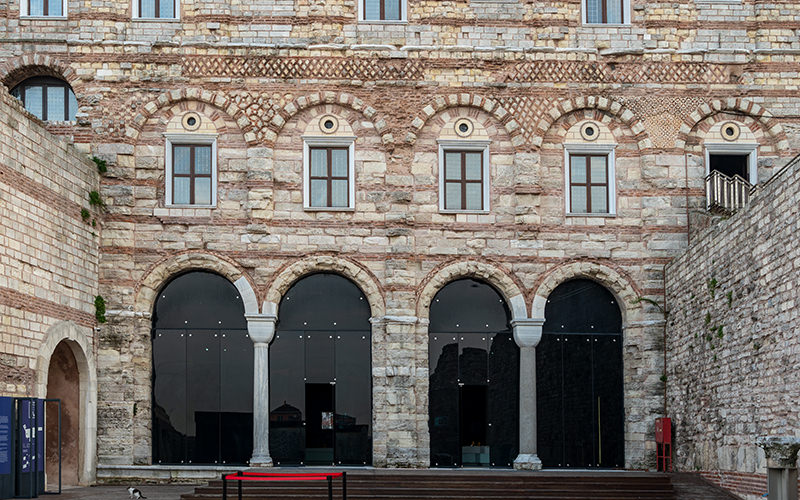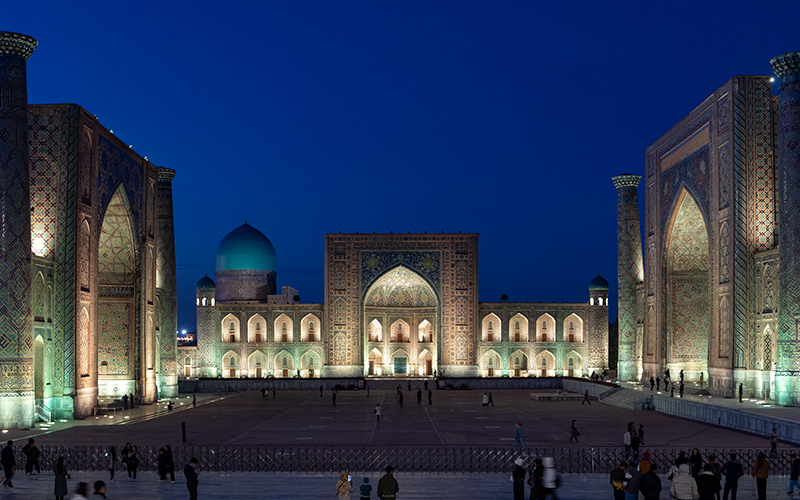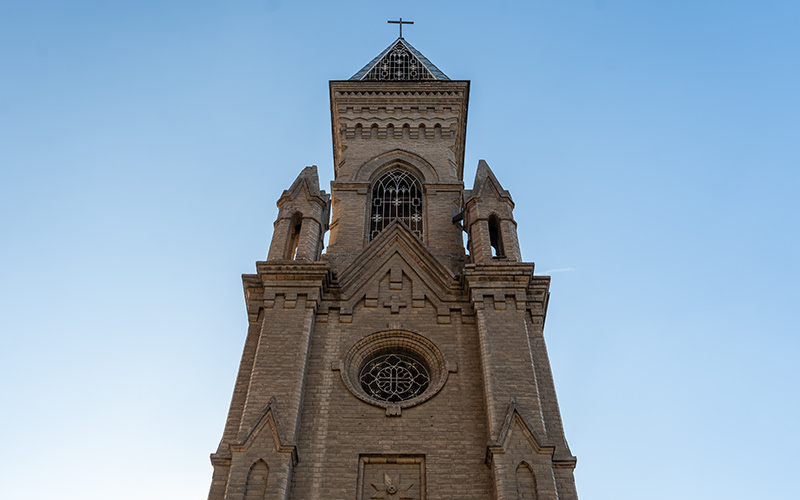Let's continue our stroll through the fascinating places of enchanting Samarkand. After getting acquainted with the small Catholic Church of St. John the Baptist, I headed to see one of the main attractions of the city – the Gur-Emir Mausoleum, also known as the tomb of Tamerlane.
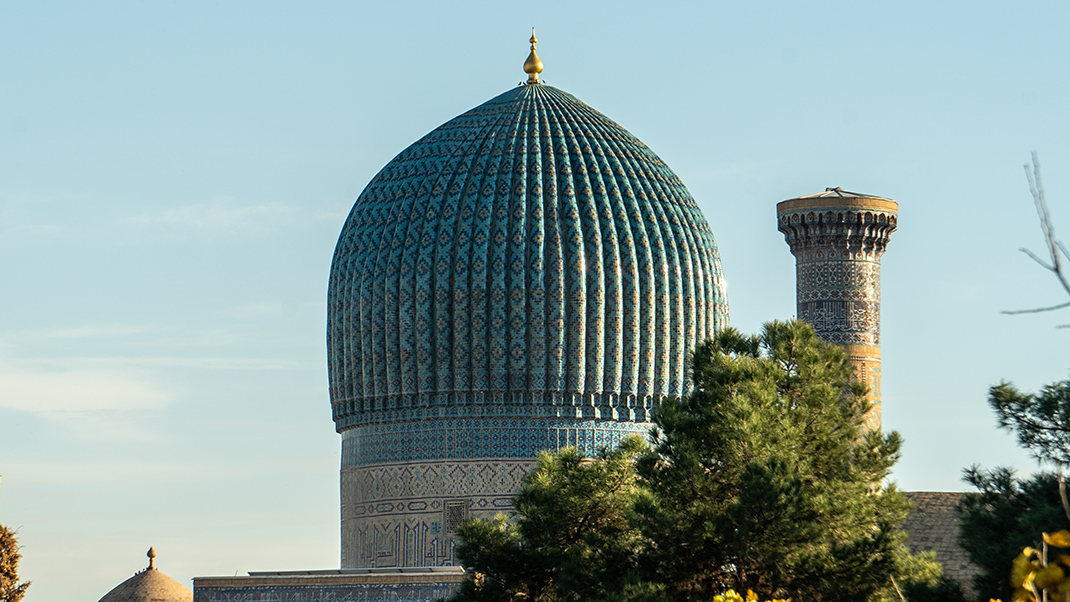
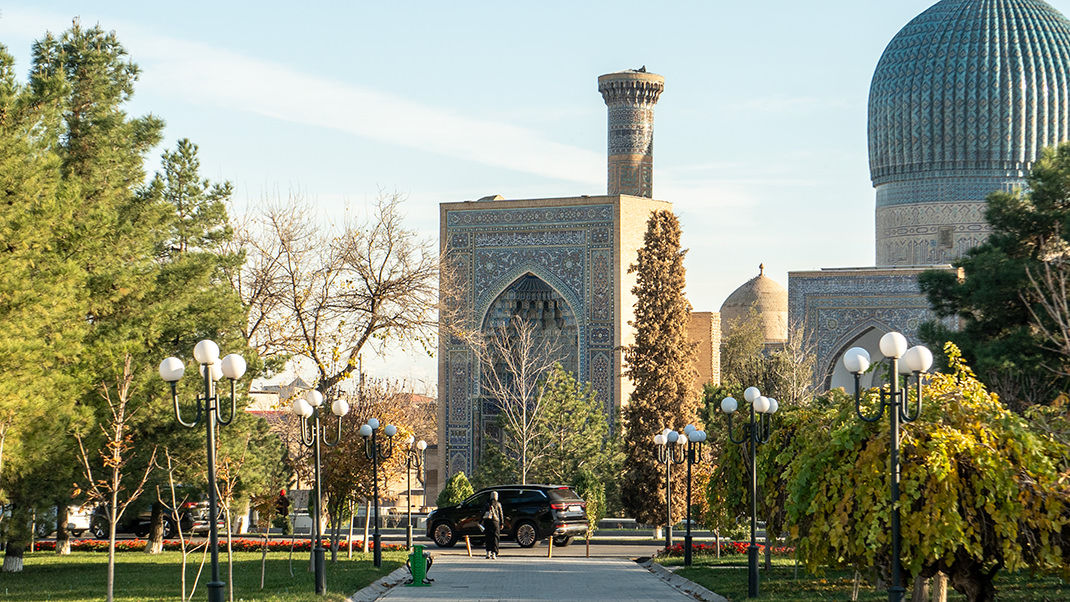
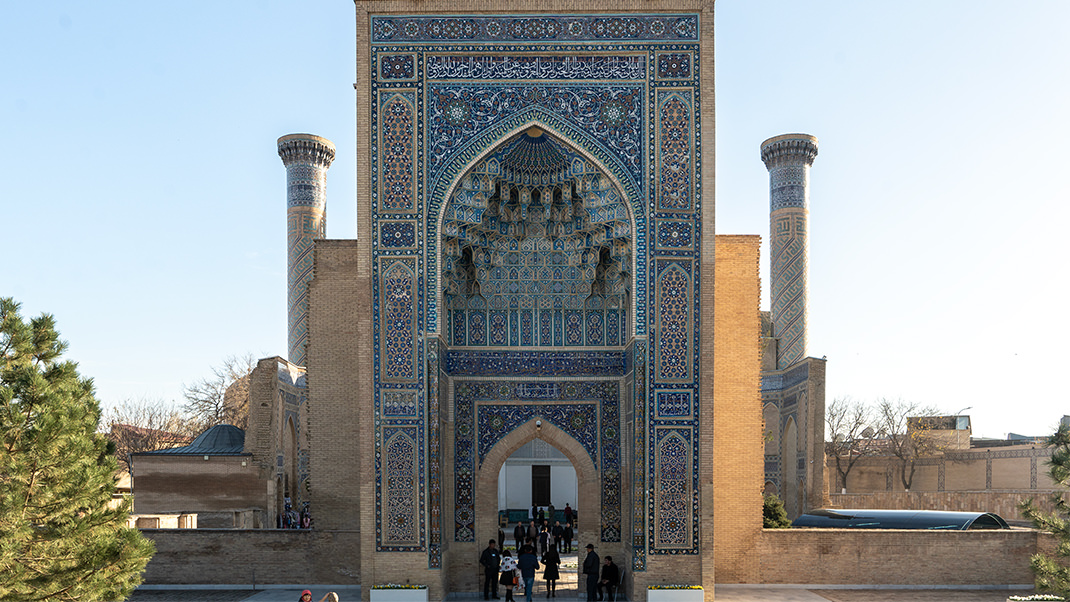
Visit to the Complex
Samarkand doesn't have a metro, but there are several bus stops and minibuses nearby. You can plan your trips on Samarkand's public transport using online maps.
Many tourists prefer to get around the city by taxi, and the cost of such trips in Samarkand is not high. The mausoleum is located at Bustonsaroy Street 1/4, Universitetskiy Boulevard.
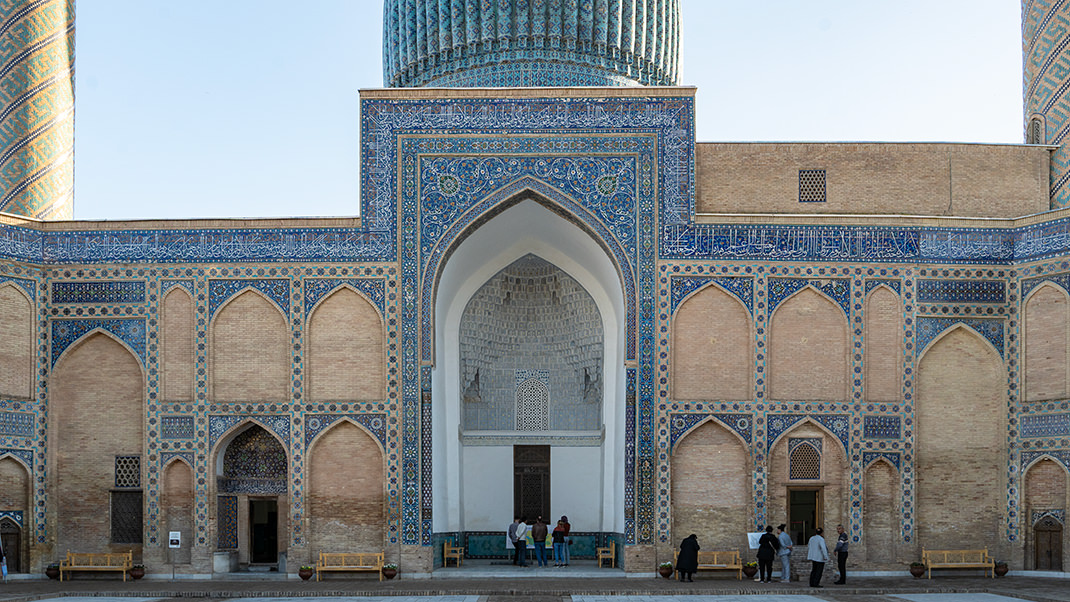


In November 2023, the entrance ticket cost 30,000 Uzbek soms, and an additional 40,000 soms were required for the permission to take photos with a camera. It seemed to me that not all visitors to the complex with professional equipment paid for this service. Payment for the tour can be made in cash or with credit cards.
A Bit of History
Despite Gur-Emir being known as the burial place of Amir Temur (Tamerlane), the mausoleum was not originally built for him. Initially, the complex served as a burial place for Muhammad Sultan, the beloved grandson of the famous military commander, who died in 1403. Muhammad Sultan was supposed to succeed Tamerlane but passed away before his grandfather. The construction of the mausoleum took two years, so initially, the prince's body was buried in the nearby khanaka (in the East, a building where distinguished guests stayed).


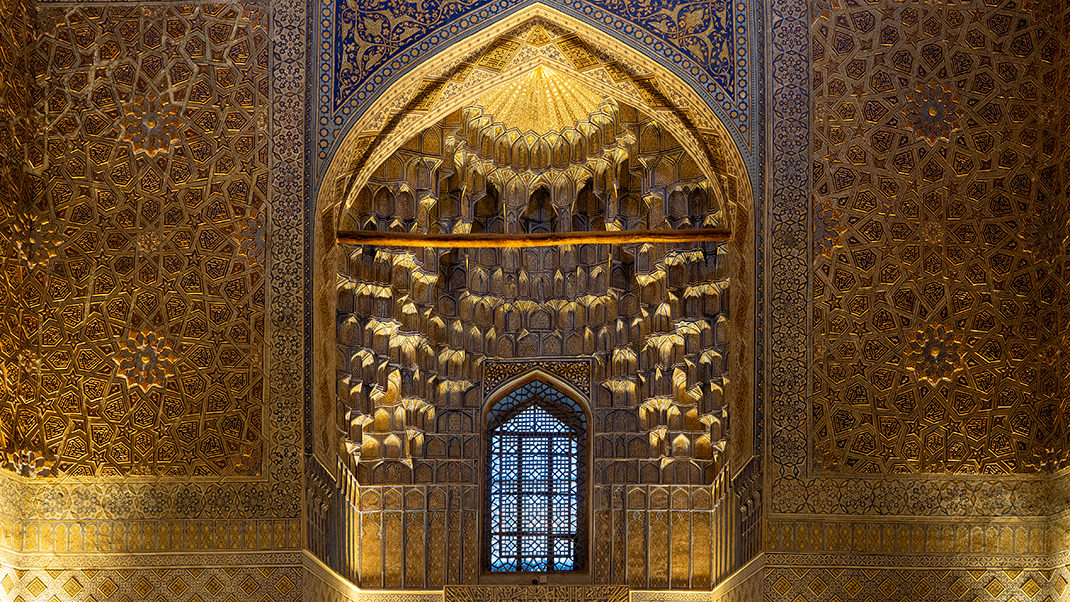
Amir Temur passed away in February 1405. At that time, construction work was still underway in the mausoleum, so initially, the commander's body was placed in the same khanaka. Over time, the complex turned into the burial place of the Timurids. Tamerlane's sons, his second grandson Ulugh Beg, the spiritual mentor of Tamerlane, and a certain Shah Hodja are buried here. According to one guidebook, there are also two unknown children's graves here.
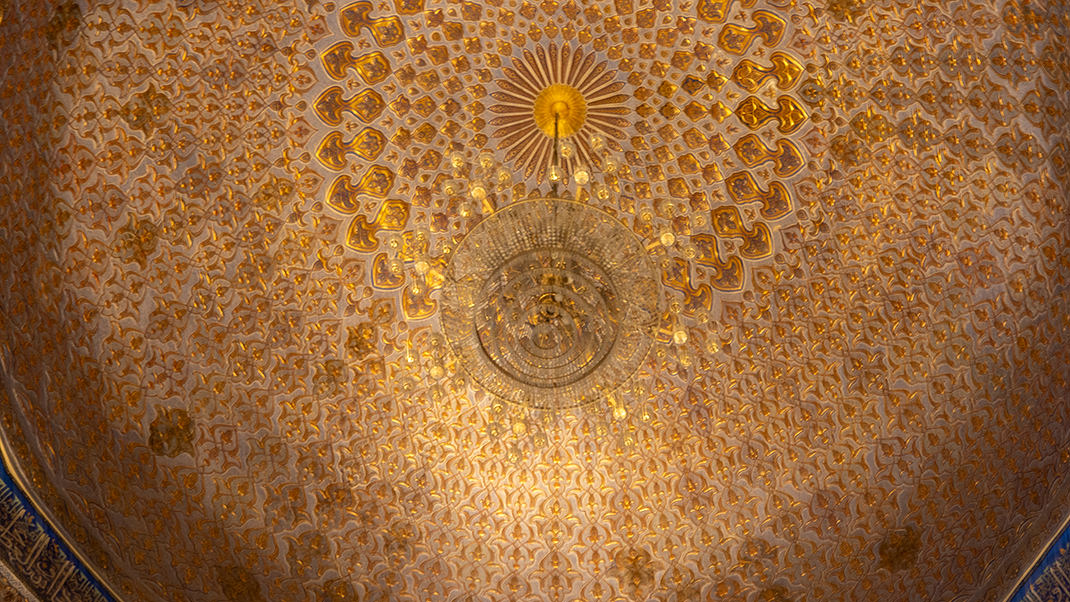

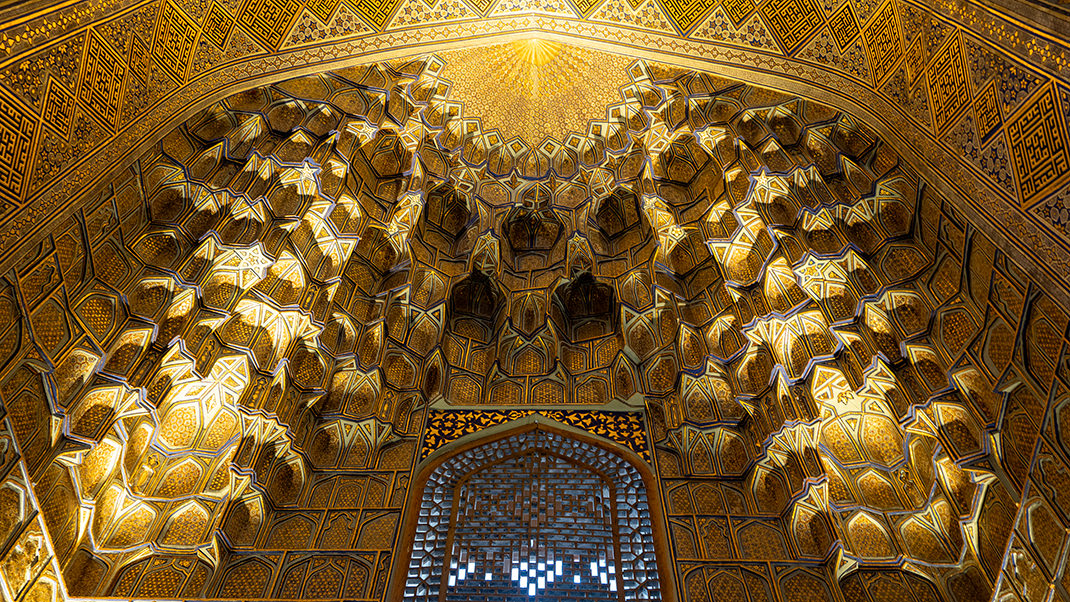
During Ulugh Beg time, an openwork lattice was erected around the graves, and Tamerlane's tombstone made of dark green jade appeared. Once, the memorial ensemble included madrasas and the khanaka I mentioned. Two sides of the complex were fenced with high walls with four minarets.



Over centuries of existence, the memorial complex has become surrounded by legends and myths. One of them, for example, suggests that Amir Temur's body was taken in an unknown direction by his son. In 1941, to confirm or refute such facts, the burials were opened. On the internet, you can find information that this archaeological expedition itself gave rise to the belief that the opening of the tomb led to the invasion of the Soviet Union by Hitler's troops.
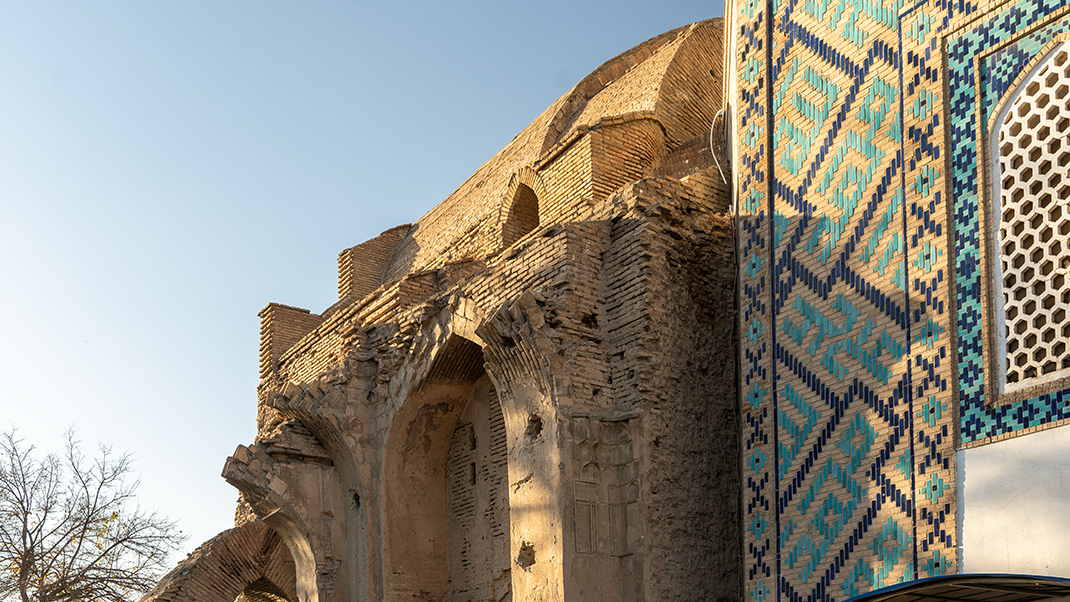
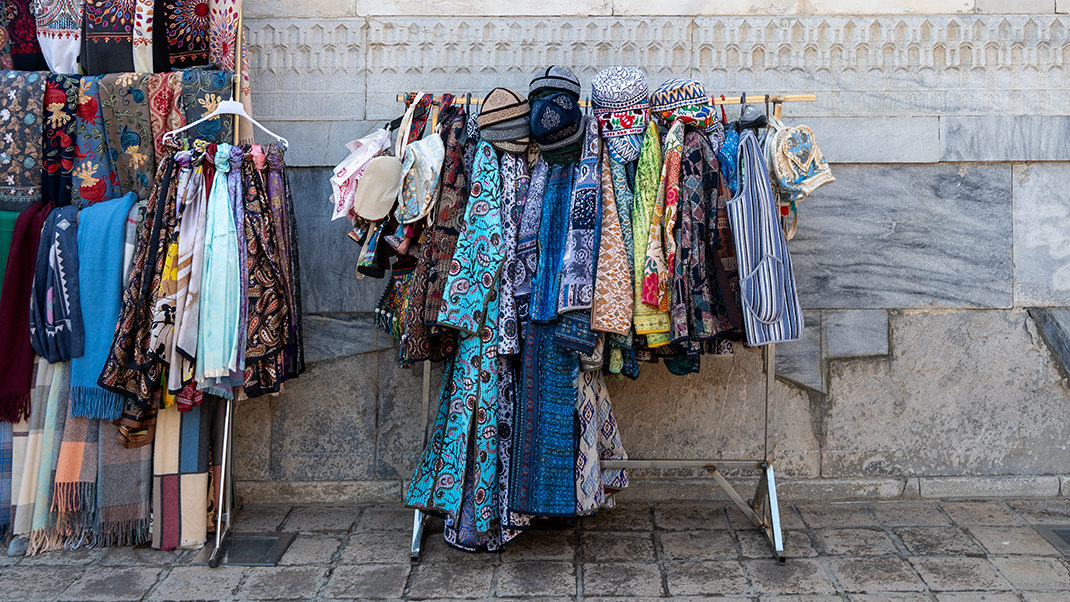

Today, this attraction is a territory with an entrance portal, an open courtyard, and the building of the mausoleum itself with a 64-ribbed dome. The burials are located in the main hall of the structure.

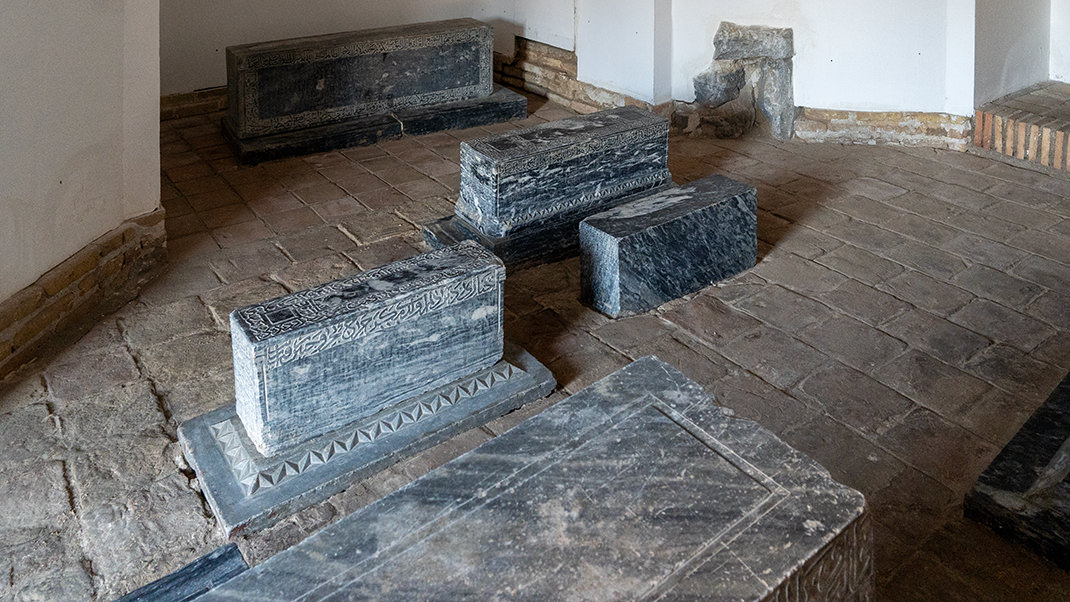

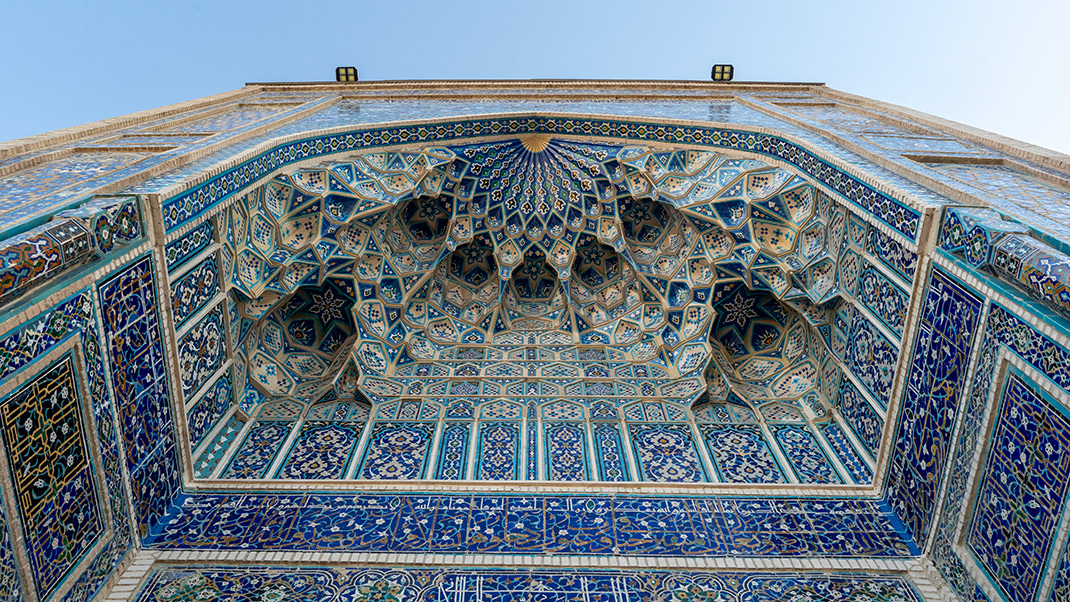
The next place we will visit in Samarkand together will be the famous Registan Square.
Have a nice trip!




